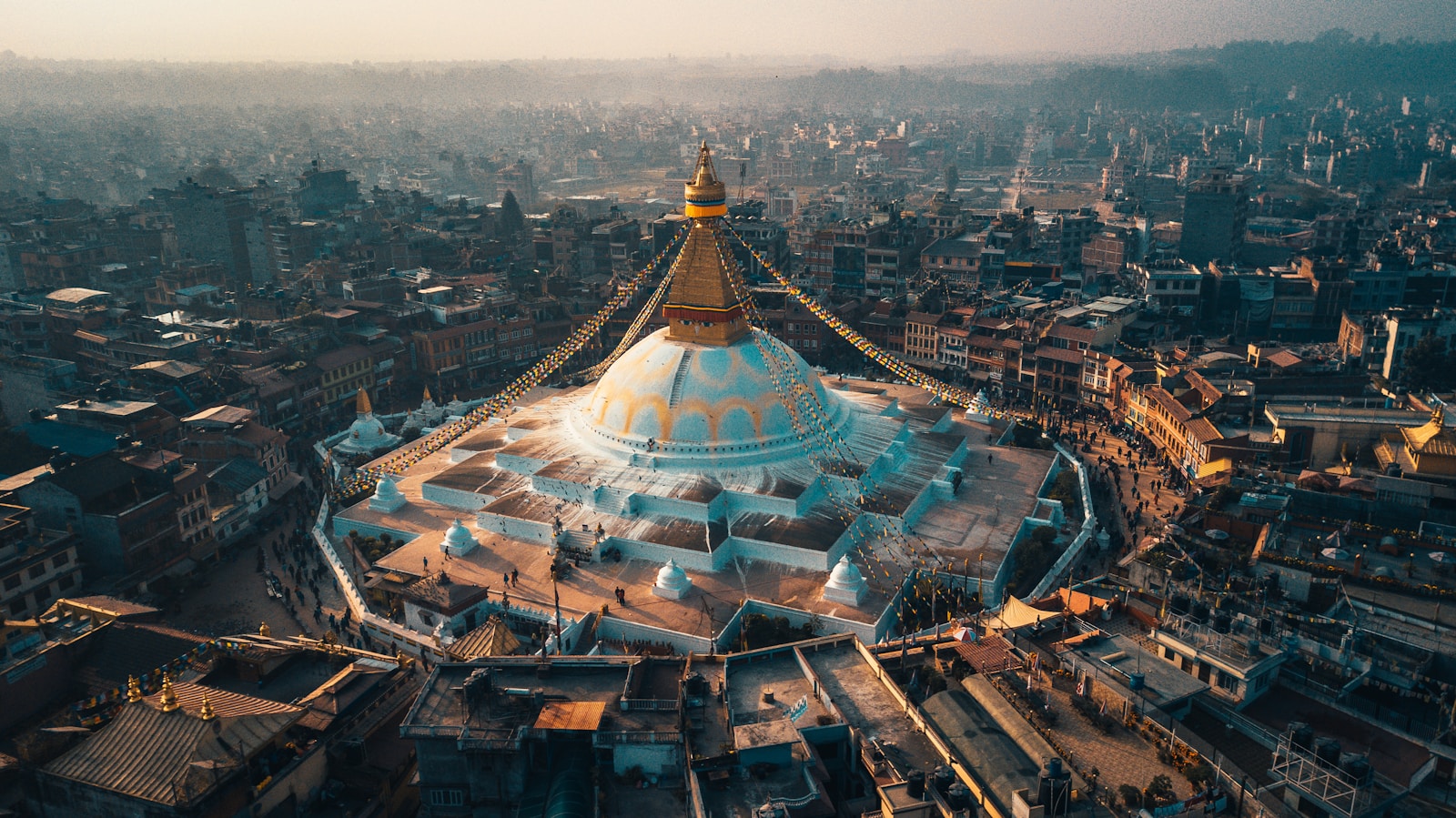Nestled between India and China, Nepal is a traveler’s paradise of rugged mountains, sacred temples, and warm-hearted people. While many know it as the home of Mount Everest, Nepal is much more than a trekking destination. It’s a country of contrasts—chaotic yet serene, ancient yet modernizing. For first-time visitors, Nepal can feel both incredibly welcoming and slightly overwhelming.
This guide covers everything a first-time traveler needs to know—from what to pack to how to get around—so you can fully enjoy your adventure in this incredible country.
When to visit Nepal?
When planning your trip, timing is key. The best times to visit Nepal are during autumn (September to November) and spring (March to May). Autumn offers clear skies and perfect trekking conditions, while spring is known for its warm weather and blooming rhododendrons in the hills. Winter (December to February) is colder, especially in higher altitudes, but it’s a good time to explore lower-elevation areas like Chitwan or Lumbini. The monsoon season (June to August) brings heavy rain and leeches, making trekking difficult unless you’re heading to a rain-shadow area like Upper Mustang.
Visa Requirements
Before you land in Nepal, make sure you’re aware of the visa process. Fortunately, it’s straightforward for most nationalities. Visas can be obtained on arrival at Tribhuvan International Airport in Kathmandu or at various land border crossings. You’ll need a passport-sized photo and cash in USD (though credit card payments are increasingly accepted). A 15-day visa costs $30, 30 days for $50, and 90 days for $125. It’s always a good idea to check the latest rules before traveling.
What to pack?
Packing for Nepal requires some strategy. Weather can change quickly, especially in the mountains, so bring layered clothing to stay warm or cool as needed. Comfortable walking shoes, a rain jacket, and a headlamp are must-haves, along with a reusable water bottle and purification tablets or a filter. If you plan to trek, add thermal clothing, trekking poles, and a sleeping bag to your list. Don’t forget essentials like sunscreen, insect repellent, and any medications you may need.
Getting Around
Getting around Nepal is part of the adventure. While distances may not look far on a map, winding roads and underdeveloped infrastructure mean travel times can be long. Domestic flights are great for covering long distances quickly, especially between Kathmandu and Pokhara or to mountain airstrips like Lukla. Tourist buses offer affordable and relatively comfortable transport between major cities. Local buses are much cheaper but often overcrowded. In cities, taxis are common, and ride-hailing apps like Pathao and InDrive are becoming popular for fair and transparent pricing.
Money and Costs
The local currency is the Nepalese Rupee (NPR), and while credit cards are accepted in larger cities and hotels, cash is still king in most areas. ATMs are available in urban areas but not reliable in remote regions, so it’s best to carry cash, especially if you’re heading off the beaten path. Nepal is a budget-friendly destination; you can easily enjoy a full day of travel, food, and lodging for under $30.
Foods and Drinks
Nepali cuisine is simple, hearty, and satisfying. The national dish, dal bhat (lentils and rice with vegetables), is a daily staple and often served all-you-can-eat style. Momos (Tibetan-style dumplings) are incredibly popular and available steamed or fried. Thukpa (noodle soup) is common in the colder mountain areas. Always drink bottled or purified water, and avoid raw vegetables unless you’re at a reputable restaurant.
Trekking Tips
If trekking is on your agenda, be aware that most trekking areas require permits. These include the TIMS card (Trekkers’ Information Management System) and conservation area permits like ACAP (Annapurna) or MCAP (Manaslu). In some restricted areas like Upper Mustang or Manaslu, you’ll also need a special permit and a licensed guide. Always acclimatize properly and know the symptoms of altitude sickness. Hiring a guide and porter not only enhances safety but also supports the local economy.
Culture and Etiquette
Nepal is a deeply spiritual country, and visitors are warmly welcomed when they show respect for local customs. Dress modestly, especially in temples and villages. Always remove your shoes before entering someone’s home or a religious site. Use your right hand when offering money or receiving food, and avoid public displays of affection. The mix of Hinduism, Buddhism, and indigenous traditions gives Nepal its unique cultural depth.
Safety Precaution
Safety in Nepal is generally good, and the people are incredibly hospitable. Solo and female travelers are welcomed with kindness, though standard precautions should be taken. Avoid trekking alone, be cautious of petty theft in crowded areas, and always have travel insurance—especially if you’re doing any high-altitude activities. Basic vaccinations like hepatitis A, typhoid, and tetanus are recommended before your trip.
People and Culture
Perhaps the most unforgettable part of any journey to Nepal is the people. Their warmth, resilience, and genuine hospitality make even the simplest moments feel meaningful. Learning a few words of Nepali like “Namaste” (hello), “Dhanyabaad” (thank you), or “Ramro cha” (it’s good) can help break the ice and create heartfelt connections.
Traveling in Nepal may require patience, flexibility, and a sense of adventure, but the rewards are immense. From towering Himalayan peaks to quiet spiritual moments in ancient temples, Nepal offers experiences that stay with you long after you leave. With a little preparation and an open heart, your first trip to Nepal could very well be the start of a lifelong love affair.



